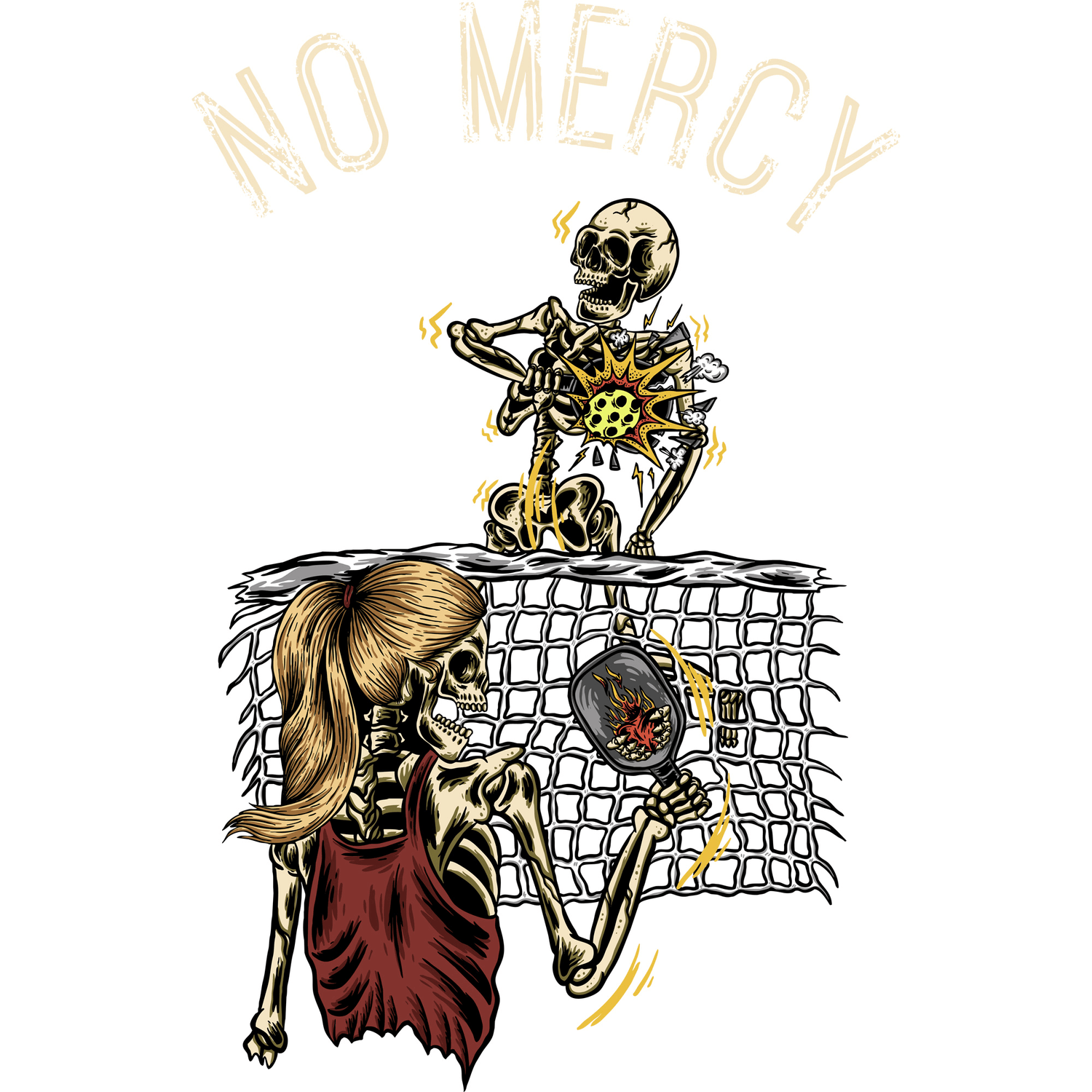So, you’ve got your hands on some Arbutus Unedo seeds, and you’re ready to grow your very own Strawberry Tree. Fantastic choice! This isn’t just any plant; it’s a four-season superstar, offering beautiful flowers, lush evergreen leaves, and unique, edible fruits all at once. It’s the overachiever of the plant world, and you’re about to become its proud parent. But first, you face a classic gardener's dilemma: do you start these precious seeds indoors or plant them directly outside?
This decision is more than just a matter of convenience. It’s about control versus chaos, the sterile nursery versus the wild unknown. Both methods can lead to a magnificent Strawberry Tree, but they offer very different journeys. Think of it as choosing your own adventure for your plant baby. This guide will break down the pros and cons of indoor and outdoor planting so you can pick the path that best suits your style and sets your Arbutus Unedo seeds up for a long, fruitful life.
The Great Debate: Indoors or Outdoors?
Before we dive into the nitty-gritty, let's understand the core trade-off. Starting seeds indoors gives you near-total control over the environment. You become the master of light, temperature, and moisture. Planting outdoors, on the other hand, means handing some of that control over to Mother Nature. She can be a nurturing gardener but also an unpredictable one.
First, a Word on Stratification
Regardless of which path you choose, your Arbutus Unedo seeds need a wake-up call. Like many woody plants, they have a natural dormancy that prevents them from sprouting at the wrong time. To break this, they require a period of cold, moist stratification.
Simply mix your seeds with a damp medium like peat moss or a paper towel, seal them in a plastic bag, and pop them in the refrigerator for 30-60 days. This mimics a natural winter and signals to the seeds that spring has arrived and it’s time to grow. Don’t skip this step! It’s the secret handshake that gets you into the germination club.
The Indoor Method: The Controlled Nursery
Starting seeds indoors is like raising a puppy in a perfectly puppy-proofed house. You control all the variables to protect your little seedling from the harsh realities of the world until it's strong enough to fend for itself.
The Benefits of an Indoor Start
- Maximum Control: This is the biggest advantage. You can create the perfect microclimate for germination. You set the temperature, control the light with grow lamps, and ensure the soil moisture is just right. This level of control dramatically increases germination rates.
- Protection from a-Z: Your delicate seedlings are safe from everything the great outdoors can throw at them: ravenous pests, hungry birds, torrential downpours, unexpected frosts, and scorching heat waves.
- A Head Start on the Season: By starting seeds indoors 8-10 weeks before the last frost, you can have robust, well-established seedlings ready to go into the ground as soon as the weather is stable. This gives your tree a longer growing season in its first critical year.
How to Succeed with Indoor Planting
- Soil Preparation: Use a sterile, well-draining seed-starting mix. You can buy this pre-made or create your own by mixing equal parts peat moss, perlite, and vermiculite. Fill small pots or seed trays with the mix.
- Planting: After stratification, plant two seeds per pot about 1/4 inch deep. Planting two is a good insurance policy; you can thin out the weaker seedling later.
- Light Requirements: This is crucial. Arbutus Unedo needs plenty of light to germinate. Place your trays under fluorescent grow lights for 14-16 hours a day. A sunny windowsill might seem sufficient, but it often leads to "leggy" seedlings that stretch and become weak.
- Watering: Keep the soil consistently moist but never waterlogged. The best method is to water from the bottom. Place your pots in a tray of water and let them soak up moisture for about 30 minutes. This prevents damping-off disease and encourages strong root growth.
- Hardening Off: Before you can transplant your seedlings outside, you must acclimate them to outdoor conditions. This process, called "hardening off," takes about 7-10 days. Gradually expose them to more sunlight and outdoor temperatures each day to prevent transplant shock.
The Outdoor Method: The Wild and Free Approach
Planting seeds directly outdoors is for the gardener who likes to live on the edge. It’s a more hands-off approach that relies on trusting nature’s process. While riskier, it can also produce incredibly resilient plants.
The Benefits of an Outdoor Start
- Less Fuss: You skip the entire process of hardening off and transplanting. The seedling that sprouts is already adapted to its final environment.
- Deeper Roots: Seeds sown directly in the ground often develop stronger, deeper root systems from the get-go, as they don't experience the confinement of a pot.
- Nature’s Rhythm: The plant grows in sync with the natural seasons, light cycles, and temperature fluctuations, which can lead to a sturdier plant in the long run.
How to Succeed with Outdoor Planting
- Timing is Everything: Sow your stratified seeds in the spring after all danger of frost has passed. The soil should be warm and workable.
- Site Selection: Arbutus Unedo thrives in full sun to light shade and needs well-draining soil. Avoid areas where water pools after rain. A spot with acidic to slightly alkaline soil is ideal.
- Soil Preparation: Prepare the planting bed by clearing it of all weeds and grass. Loosen the soil to a depth of about 12 inches and amend it with compost to improve its texture and fertility.
- Planting: Sow the seeds about 1/4 inch deep and a few inches apart. Because germination can be less reliable outdoors, it’s wise to plant more seeds than you think you’ll need. You can always thin them later.
- Watering and Mulching: Water the area gently but thoroughly after planting. Apply a thin layer of mulch (like straw or fine bark) to help retain soil moisture and suppress weeds. Keep the soil consistently moist until germination occurs.
- Protection: Young seedlings are a tasty snack for slugs, snails, and birds. Consider using row covers or other physical barriers to protect them until they are large enough to withstand some nibbling.
The Verdict: Which Method is Right for You?
For beginners or those with just a few precious seeds, starting indoors is the recommended method. The high level of control gives you the best possible chance of success.
For more experienced gardeners or those planting on a larger scale, direct sowing outdoors can be a rewarding and efficient option, provided you can offer the right conditions and a bit of protection.
Quality Seeds Make All the Difference
No matter which method you choose, your success story begins with high-quality seeds. A seed’s potential is determined by its genetic health and freshness. Old or poorly stored seeds will have low germination rates, turning your exciting project into a frustrating waiting game.
This is why sourcing your seeds from a reputable supplier is non-negotiable. RND offers a curated collection of premium garden seeds, including Arbutus Unedo, that are selected for their superior quality and high germination potential. When you start with RND’s seeds, you're not just buying a product; you’re investing in a greater chance of success and a healthier, more vibrant garden.
Don’t let your gardening ambitions be thwarted by subpar seeds. Start your journey with the best.
Ready to grow your own stunning Strawberry Tree? Explore the premium seed collection at RND today!
https://www.rndaccessories.com/collections/seeds






